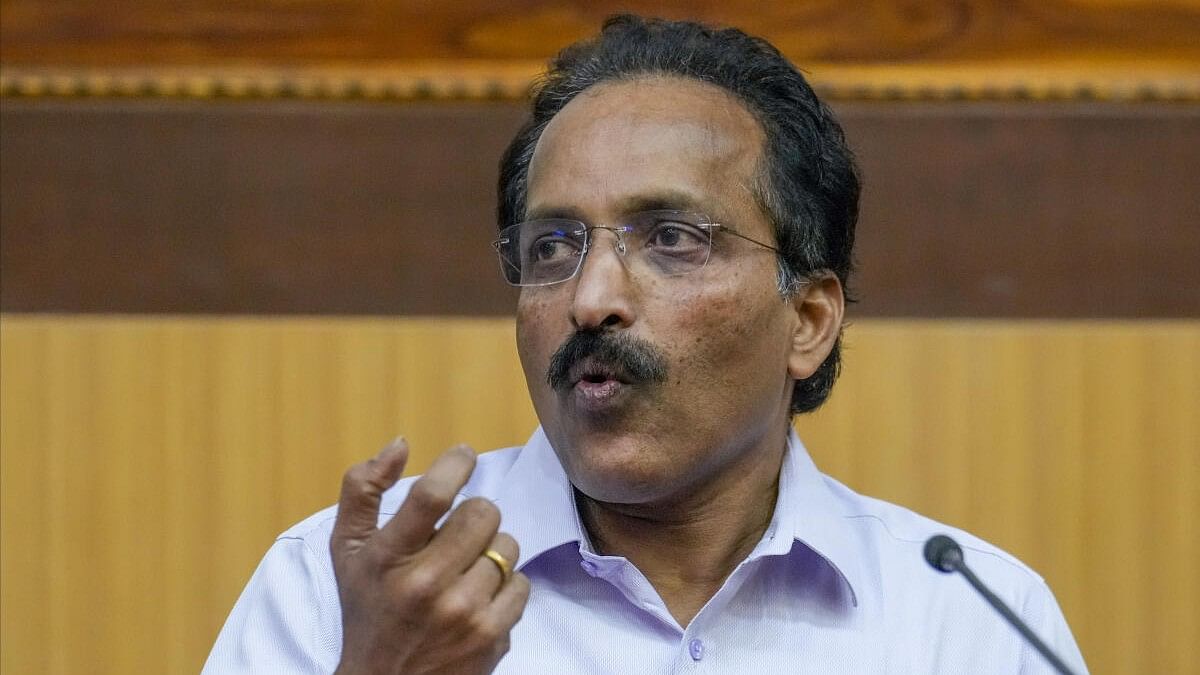
ISRO Chairman S. Somanath during a press conference after the successful launch of PSLV-C58 which carried an X-ray polarimeter satelite and 10 other satelites, in Sriharikota.
Credit: PTI Photo
Chennai: The Indian Space Research Organisation (ISRO) will conduct a series of tests, including abort mission demonstrations and unmanned missions, through this year as part of the preparations for the grand launch of the country’s first manned mission to space, Gaganyaan, in 2025.
“2024 is going to be a year for Gaganyaan readiness,” ISRO chairman S Somanath said after the space agency successfully launched the year’s first mission, PSLV-C58/ XPoSat, from the Satish Dhawan Space Centre in Sriharikota.
The ambitious Gaganyaan mission, which is expected to be launched in early 2025, envisages a demonstration of human spaceflight capability by launching a human crew of three to an orbit of 400 km and bringing them back. Four Indian Air Force pilots have been selected as the first batch of astronauts, whose identities have not been revealed.
In October last year, the ISRO successfully conducted the first Test Vehicle Abort Mission (TV-D1) and separated the Crew Escape System (CES) and the Crew Module (CM) from the test vehicle at an altitude of 17 km, putting on track India’s first human spaceflight mission being executed at a cost Rs 9,000 crore.
Somanath said the agency plans to undertake at least two more Test Abort Mission demonstrations – one in early 2024 and another by the end of the year – and two unmanned missions before the launch.
“Our target is three abort mission demonstrations and we have successfully completed one. We plan to conduct two unmanned missions this year. Let us see with respect to the preparedness of various hardware. It is a full package and a huge effort,” Somanath said.
The agency will also conduct a helicopter-based drop test to prove the parachute systems, and launchpad abort tests this year, as part of the preparations. “We will have hundreds of several valuation tests, simulation tests, and crew module relation tests, among others. I can’t even explain the number of tests we will conduct before the launch,” Somanath added.
During the first test in October, the abort sequences were executed and the CES was separated with the deployment of parachutes, finally culminating in splashing down gently in the Bay of Bengal, 10 kms from the coast of Sriharikota, exactly 11 minutes later.
In the evening, the Indian Navy’s units recovered the Crew Module - a path paved by extensive planning, training of Naval divers, formulation of SOPs and joint communication by combined teams of Indian Navy and ISRO.